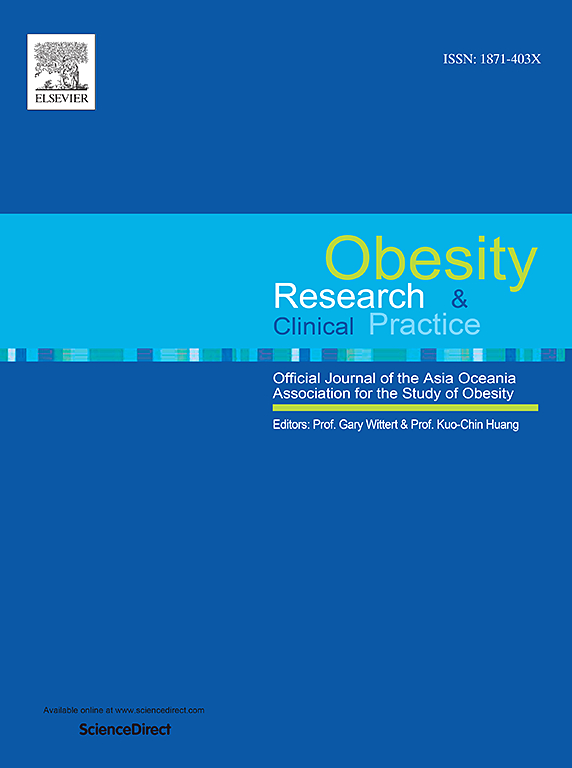更多的警告标签,更少的卡路里:一项对墨西哥本科男性的探索性研究。
IF 2.5
4区 医学
Q3 ENDOCRINOLOGY & METABOLISM
引用次数: 0
摘要
本研究探讨了包装正面警告标签的数量是否与实际食物摄入量有关。墨西哥共有400名男性大学生品尝了12种食品/饮料,每种食品/饮料都有0-4个警告标签。卡路里摄入量是在一个受控的实验环境中测量的,警告标签留在可见或覆盖。在4800个产品层面的观察中,出现了一个小而一致的负相关:更明显的警告标签导致更少的卡路里消耗,这一结果得到了贝叶斯分析的决定性支持。研究结果表明,警告标签作为影响实际能源消耗的风险信号累积起来,支持它们作为公共卫生工具的使用。本文章由计算机程序翻译,如有差异,请以英文原文为准。
More warning labels, fewer calories: An exploratory study in Mexican undergraduate men.
The present study addressed whether the number of front-of-package warning labels relates to actual food intake. A total of 400 male undergraduates in Mexico tasted 12 food/drink products, each with 0-4 warning labels. Calorie intake was measured in a controlled experimental setting, with warning labels left visible or covered. Across 4800 product-level observations, a small but consistent negative correlation emerged: more visible warning labels led to fewer calories consumed, a result decisively supported by Bayesian analysis. Findings show that warning labels act cumulatively as risk signals that impact real energy consumption, supporting their use as public health tool.
求助全文
通过发布文献求助,成功后即可免费获取论文全文。
去求助
来源期刊

Obesity research & clinical practice
医学-内分泌学与代谢
CiteScore
7.10
自引率
0.00%
发文量
80
审稿时长
49 days
期刊介绍:
The aim of Obesity Research & Clinical Practice (ORCP) is to publish high quality clinical and basic research relating to the epidemiology, mechanism, complications and treatment of obesity and the complication of obesity. Studies relating to the Asia Oceania region are particularly welcome, given the increasing burden of obesity in Asia Pacific, compounded by specific regional population-based and genetic issues, and the devastating personal and economic consequences. The journal aims to expose health care practitioners, clinical researchers, basic scientists, epidemiologists, and public health officials in the region to all areas of obesity research and practice. In addition to original research the ORCP publishes reviews, patient reports, short communications, and letters to the editor (including comments on published papers). The proceedings and abstracts of the Annual Meeting of the Asia Oceania Association for the Study of Obesity is published as a supplement each year.
 求助内容:
求助内容: 应助结果提醒方式:
应助结果提醒方式:


